Coastal Living and the Risk of Flooding
Living near the coast offers unique benefits, but it also comes with inherent risks, primarily the persistent threat of flooding. While floods are the most common and costly natural disaster in the U.S., affecting nearly every county, a significant “flood insurance gap” exists, with only about 4% of homeowners nationwide carrying flood insurance. This disparity means many property owners are financially vulnerable when disaster strikes. Standard homeowners insurance policies explicitly exclude damage caused by flooding, highlighting the critical need for specialized coverage. Understanding this risk is the first step toward safeguarding your coastal home, and the National Flood Insurance Program (NFIP) is a key component in this protection strategy.
Understanding the National Flood Insurance Program
The National Flood Insurance Program (NFIP) was established by the U.S. Congress in 1968, managed by FEMA, specifically because private insurance companies largely ceased offering flood coverage. Its primary goal is to provide affordable flood insurance to property owners, encouraging communities to adopt and enforce floodplain management regulations. While the program aims to aid recovery, its structure has also been noted for inadvertently subsidizing development in hazardous areas, potentially increasing the number of flood victims over time. Despite these complexities, the NFIP remains the largest single-line insurance program in the nation, offering nearly $1.3 trillion in coverage.
Recent enhancements, such as the implementation of Risk Rating 2.0, have aimed to make NFIP premiums more equitable by basing them on a property’s actual flood risk and value, a more granular approach than previous methods. This overhaul also intends to incentivize actions that reduce flood risks at the property level. Additionally, programs like the Community Rating System (CRS) offer communities significant discounts on insurance premiums if they exceed basic NFIP requirements through better mapping, community outreach, and land use planning that avoids developing in floodplains.
Why Standard Homeowners Insurance Doesn’t Cover Floods
Many homeowners are surprised to learn that their standard home insurance policy does not cover flood damage. This is a crucial distinction. Homeowners insurance typically covers water damage that originates from within the home, such as a burst pipe, a malfunctioning appliance, or a sudden leak. However, damage caused by water coming from outside the home, which is the definition of a flood, is excluded. This includes events like:
- Overflow of inland or tidal waters
- Unusual and rapid accumulation or runoff of surface waters from any source
- Mudslides caused by flooding on normally dry land
- Collapse or subsidence of land along a body of water due to erosion from waves or currents
For instance, if heavy rains cause a river to overflow its banks and water enters your home, that is a flood and is not covered by a standard homeowner’s policy. Similarly, damage from storm surges during hurricanes falls under flood damage. This is why a separate flood insurance policy is essential for comprehensive protection against water-related perils, especially in coastal areas. It is vital for homeowners to understand the limitations of their homeowners insurance regarding water damage.
Do You Need Flood Insurance? Assessing Your Risk
Given that floods can happen anywhere, and with climate change increasing the frequency and intensity of extreme rainfall events, most homeowners should consider flood insurance. Even properties not in designated high-risk flood zones can experience significant flooding. As one expert noted, “Everybody’s in a flood zone. They’re just in a good flood zone.”
You are federally required to have flood insurance if:
- Your home is located in a high-risk flood zone and you have a federally-backed mortgage.
- You have previously received federal disaster assistance for flood damage.
FEMA provides a flood map tool that allows you to search for your address and determine your property’s flood zone. Even if not required, homeowners in moderate-to-low-risk areas may be eligible for preferred flood insurance rates, making it a wise investment for peace of mind. Beach Insurance LLC can also help you complete a flood risk assessment for your property.
What the National Flood Insurance Program Covers: Building vs. Contents
A National Flood Insurance Program policy offers two main types of coverage:
- Building Coverage (Dwelling Coverage): This protects the physical structure of your home and its foundation, including:
- Electrical and plumbing systems
- Furnaces, water heaters, and central air conditioning
- Refrigerators, cooking stoves, and built-in appliances (like dishwashers)
- Permanently installed carpeting over unfinished flooring
- Detached garages (up to 10% of building coverage)
- Debris removal
The NFIP offers up to $250,000 for residential building coverage.
- Contents Coverage (Personal Property Coverage): This protects your personal belongings, including:
- Clothing, furniture, and electronic equipment
- Curtains and carpets not permanently installed
- Washers and dryers
- Food freezers and the food within them
- Portable and window air conditioners
- Certain valuable items like artwork and furs (with limits)
The NFIP offers up to $100,000 for contents coverage.
You can purchase building-only coverage or both building and contents coverage, but you cannot purchase contents-only coverage. Understanding these distinctions is crucial when determining your coverage needs to ensure your property and possessions are adequately protected. For more detailed information on flood insurance and how it protects your investment, consider reviewing resources like Protecting Your Investment: Flood Insurance What Homeowners Should Know for Peace of Mind.
How to Get a National Flood Insurance Program Policy
Acquiring a National Flood Insurance Program policy is typically straightforward. While it’s a federal program, you don’t buy directly from FEMA. Instead, you can purchase a policy through a private insurance company that participates in the NFIP’s “Write Your Own” (WYO) program or through the NFIP Direct. This means that, regardless of the insurance agent or company you work with, the NFIP sets standardized rates based on your property’s specific characteristics, so you should receive the same quote for the same policy.
Key tips for purchasing a policy:
- Contact your current insurer: Many homeowners insurance companies can facilitate the purchase of an NFIP policy.
- Understand the waiting period: Most NFIP policies have a 30-day waiting period before coverage goes into effect. Do not wait until a storm is imminent to purchase coverage, as moratoriums may be put in place.
- Payment options: Flood insurance policies often require payment in full, though some mortgage lenders may include it in your escrow.
The cost of your flood insurance premium is determined by various factors, including the property’s flood zone, the age and occupancy of the building, the number of floors, the location of contents, and the elevation of the lowest floor relative to the base flood elevation. Investing in flood mitigation efforts, such as elevating your home or installing flood vents, can potentially lower your premium. You can also explore flood insurance services offered by Beach Insurance LLC to find the best policy for your needs.
Essential Flood Preparedness for Coastal Homeowners
Beyond securing adequate insurance through the National Flood Insurance Program, proactive flood preparedness is vital for coastal homeowners. While flood insurance offers financial protection, taking preventative measures can significantly reduce potential damage and disruption. Here are some essential tips:
- Know your flood risk: Utilize FEMA’s flood maps to understand your property’s specific flood zone and potential vulnerability.
- Maintain your property: Ensure gutters and downspouts are clear and direct water away from your home’s foundation. Consider grading your yard to promote proper drainage.
- Elevate utilities and appliances: If feasible, raise electrical panels, furnaces, water heaters, and other essential appliances above the potential flood level.
- Install flood vents: For enclosed areas below the base flood elevation, flood vents allow water to flow freely through, reducing hydrostatic pressure on walls.
- Waterproof your basement: Consider waterproofing solutions for basements or crawl spaces to prevent seepage.
- Create an emergency kit: Have a supply of water, non-perishable food, first aid, medications, and important documents readily available.
- Develop an evacuation plan: Know your community’s evacuation routes and have a plan for where your family will go in case of a mandatory evacuation.
- Use sandbags: In anticipation of minor flooding, sandbags can temporarily divert or absorb floodwaters.
Implementing these strategies can help mitigate the impact of flooding, protecting your property and ensuring the safety of your family. For coastal homeowners, understanding the unique challenges of properties near the water, as discussed in Understanding Coastal Flood Risks: Homeowners 2025 – Your Guide to Protecting Coastal Properties with Beach Insurance LLC, is crucial.
Protecting Your Coastal Home and Peace of Mind
For coastal homeowners, the journey to true peace of mind amidst flood risks is multifaceted, encompassing both robust insurance coverage and proactive preparedness. The National Flood Insurance Program stands as a crucial pillar in this defense, providing the essential financial safeguard that standard home insurance policies lack. Understanding its scope, how to acquire a policy, and the critical difference between flood damage and other water-related perils is paramount. With the increasing realities of climate change and extreme weather, securing a dedicated flood insurance policy is not just a regulatory requirement for some; it’s a strategic decision for virtually all coastal property owners. By combining comprehensive flood insurance with diligent flood preparedness measures, you can significantly enhance the resilience of your coastal home and protect your financial future.
Visit our Contact Us page for more information.






